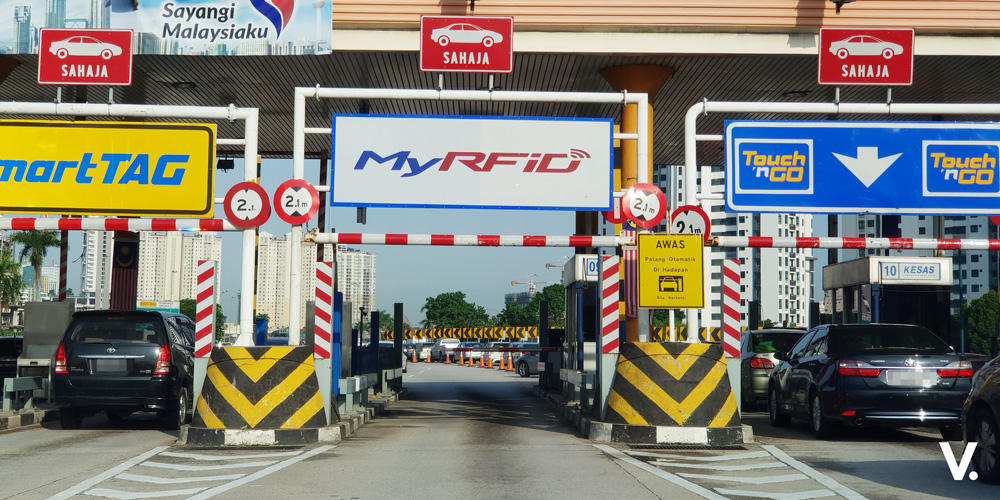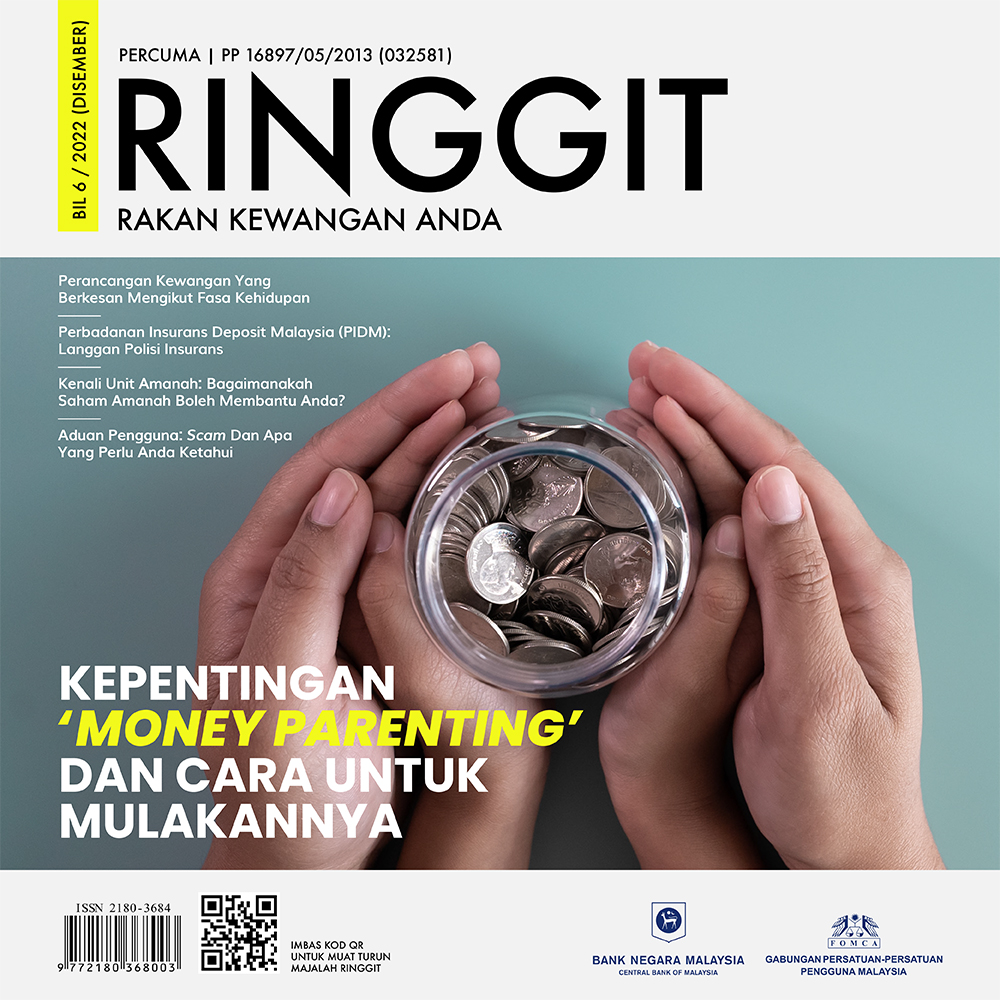 PETALING JAYA: The government has been urged to focus on increasing the adoption of Radio-Frequency Identification (RFID) technology to help reduce congestion at toll booths.
PETALING JAYA: The government has been urged to focus on increasing the adoption of Radio-Frequency Identification (RFID) technology to help reduce congestion at toll booths.
Transport consultant Wan Agyl Wan Hassan said RFID technology is key to facilitating the transition to barrier-less tolls, commonly referred to as a multi-lane free flow (MLFF) system.
He said although the open payment system, or OPS, at toll booths was a welcome development, it would not assist in the transition to an MLFF system.
The former Land Public Transport Commission (SPAD) official said an MLFF system can eliminate congestion since road users won’t need to pass through toll gates.
“However, there is still the question of how payments will be collected. That’s where RFID technology comes in,” he told FMT.
While RFID lanes have been introduced on tolled highways, there have been numerous complaints about the system, particularly its ability to detect RFID tags.
There are also a limited number of RFID lanes at toll booths.
Wan Agyl said this was why the government and Touch ‘n Go, which operates the RFID system at tolls, need to work towards improving it.
“Road users also do not want to shift to using RFID because there are typically more Touch ‘n Go and Smart Tag lanes compared to RFID Lanes,
“(They need) to ensure that there is more than one RFID lane at toll booths because if you just have one RFID lane among the other lanes, it’s not going to be very attractive for road users.”
Last October, the Cabinet agreed in principle to implement a MLFF traffic system on toll highways by 2025.
Transport consultant Rosli Khan said while the MLFF will go a long way in reducing traffic congestion, getting concessionaires to buy into the idea could prove challenging.
“They would view this as a new investment which was not part of the initial highway construction costs and not calculated into their toll rates,” he said.






